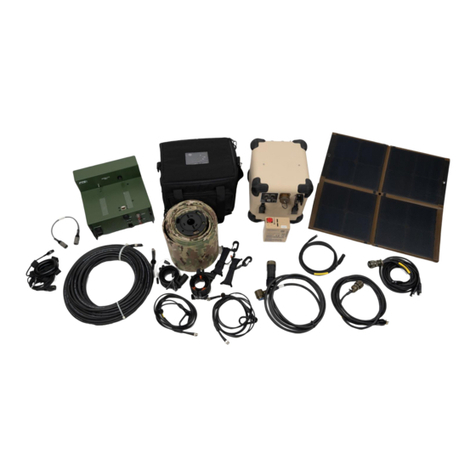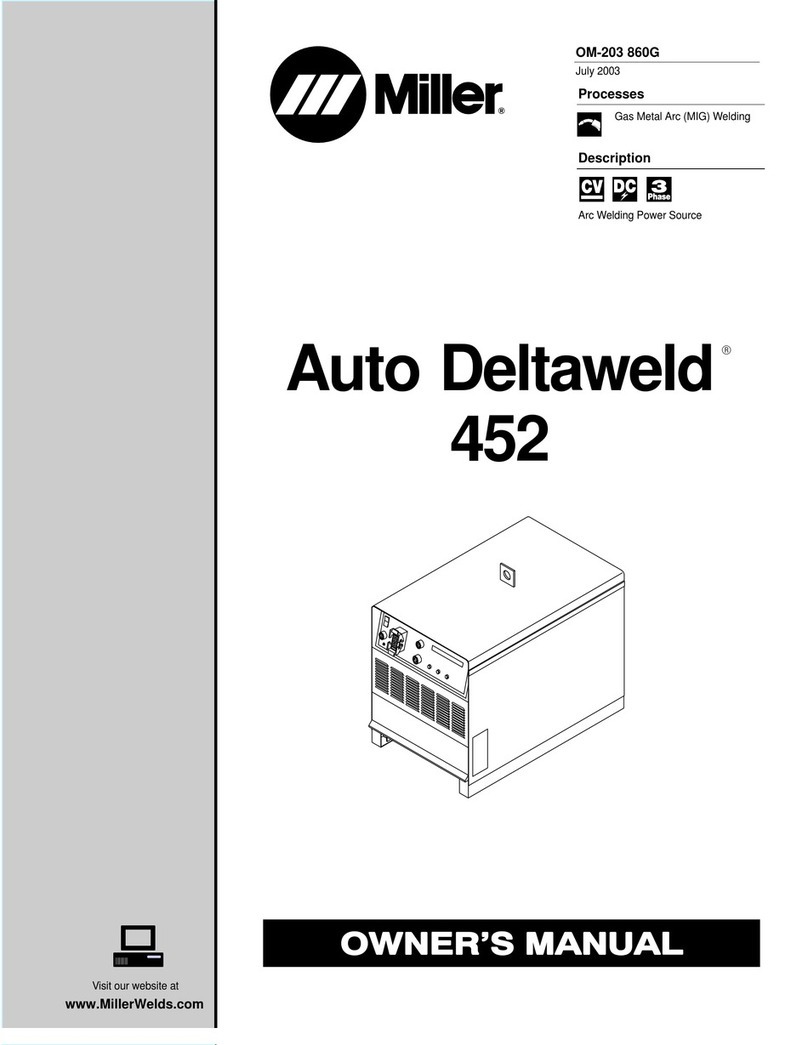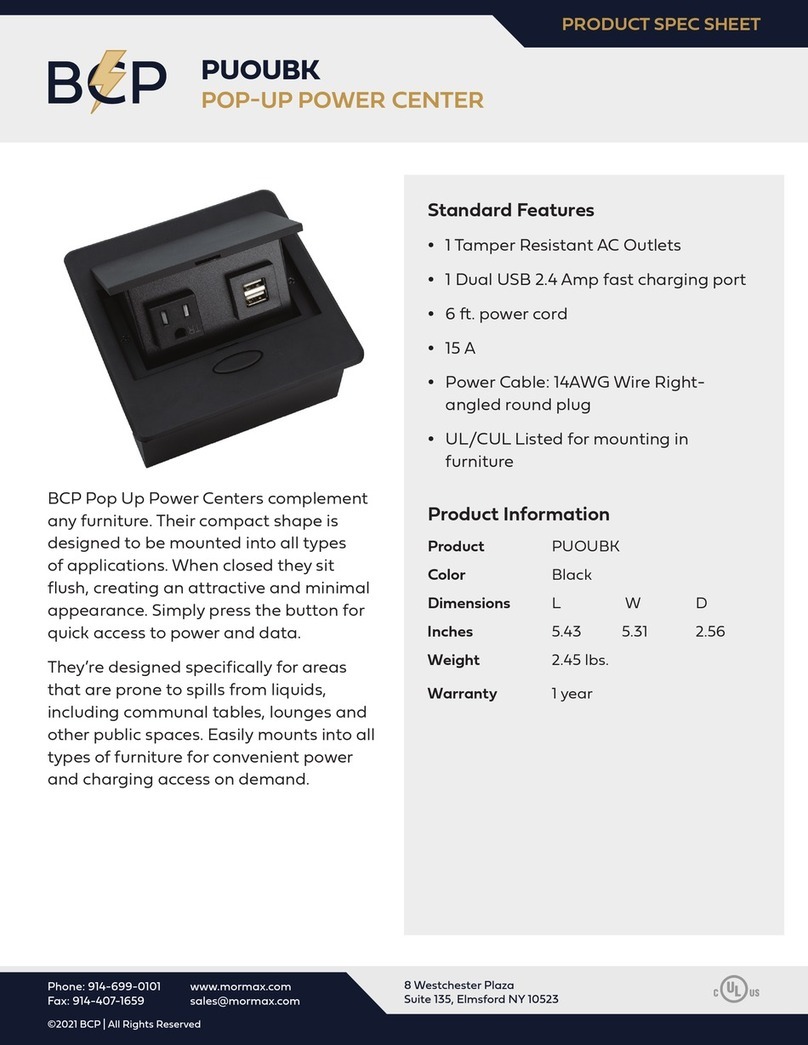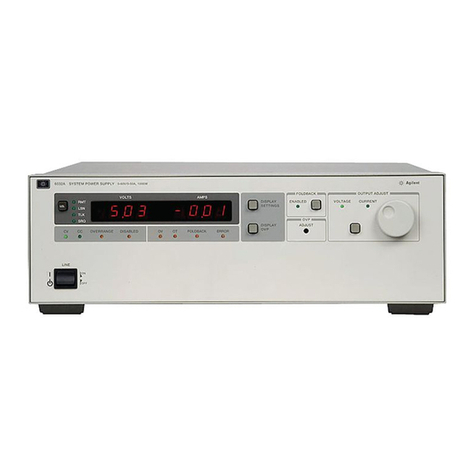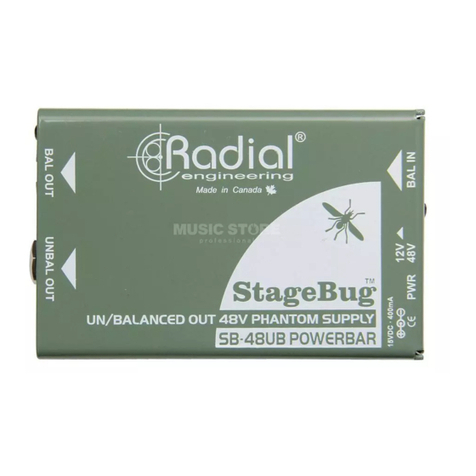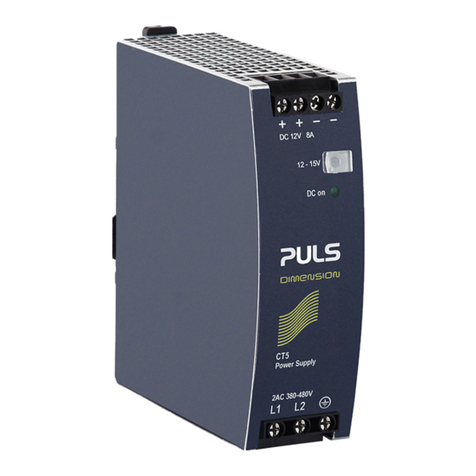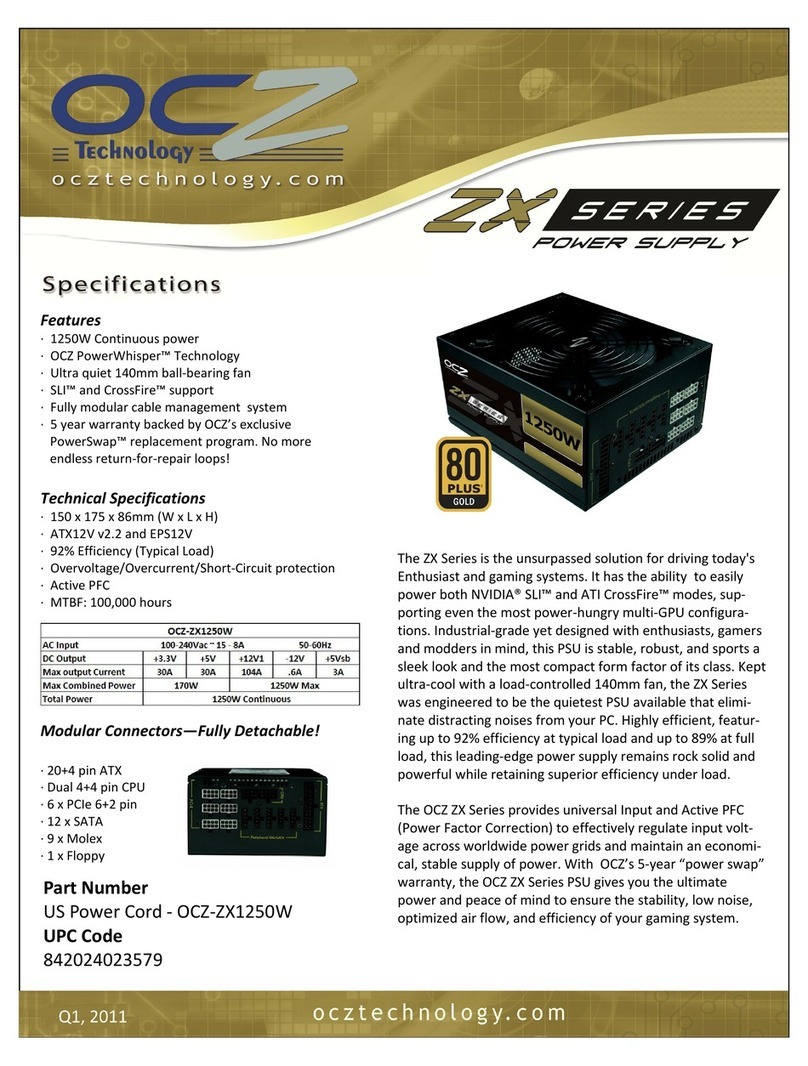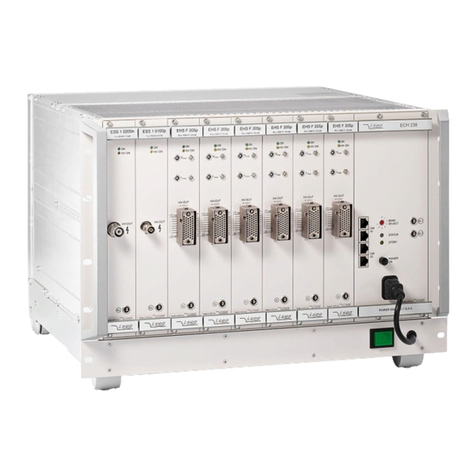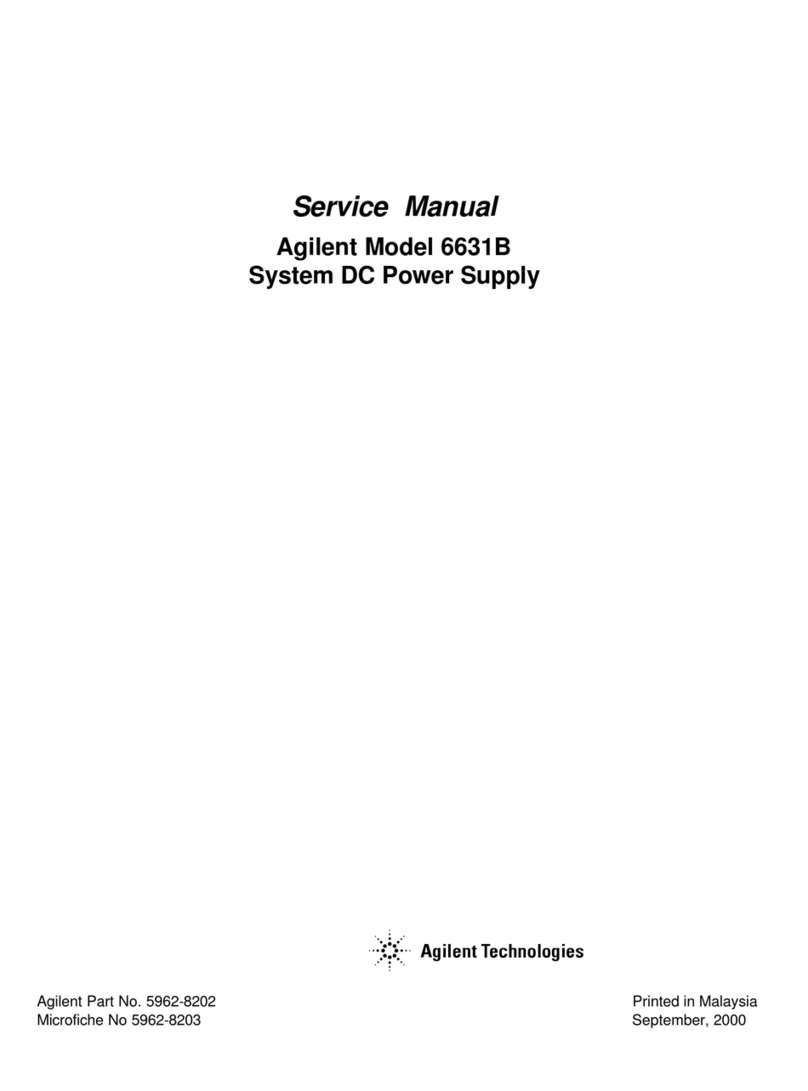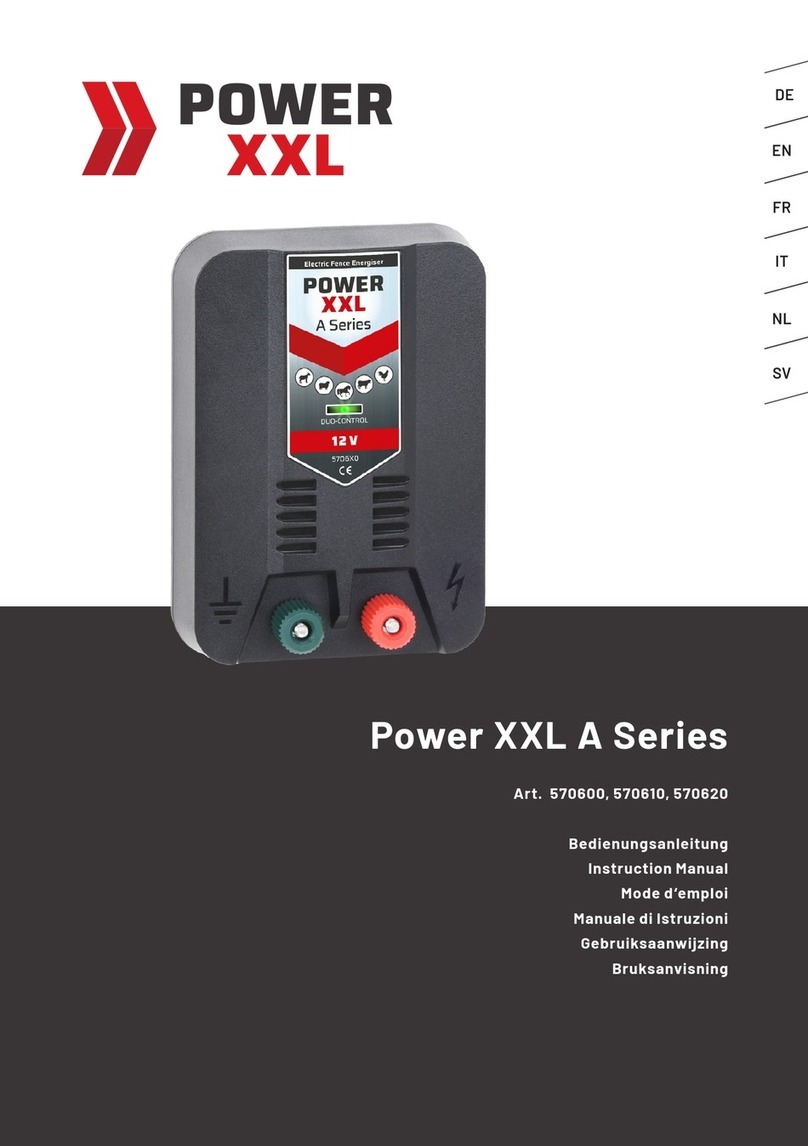Pts Harris HR-5833 User manual

PTS, Inc.
Harris HR-5833 Power Supply
Docking Station (PSDS) Manual
MODEL #: AS0150-HR-5833
Includes 1 PTS-H-0003J Cable (CAB.AUD.001)
Includes 1 5833 DC Power Cable (CAP.DPW.001)
Compatible with 1 RF-5833H PA
Compatible with 1 AN/PRC-150
Document PTS-HR-5833-2019-4-8
Perkins Technical Services, Inc.

Document PTS-HR-5833-2019-4-8
PTS, Inc.
2
WARNING: TO PREVENT PERSONAL INJURY, DEATH OR
EQUIPMENT DAMAGE DO NOT SHORT-CIRCUIT, DAMAGE, BY-PASS
INTERNAL FUSES OR HANDLE INAPPROPRIATELY THE EXPOSED
HARRIS HIGH VOLTAGE POWER CONNECTORS.
SAFETY INSTRUCTIONS
Warning and important safety instructions appearing in this manual are not designed to
cover all possible conditions and situations that may occur. Common sense, caution
and reasonable care must be exercised when installing, maintaining or operating the
power supply docking station (PSDS).
When using the PSDS basic safety precautions should always be observed
including the following:
Read all instructions prior to installation or use.
To protect against risk of electrical shock, DO NOT immerse the cord, plug or PSDS in
water or other liquids.
To reduce the risk of electrical shock or fire, DO NOT disassemble the PSDS. Repairs
or adjustments to the PSDS must be performed by a qualified technician of PTS.
DO NOT work on electrical equipment alone. Be sure another person qualified to
administer first aid is present.
RF energy is present near the antenna during transmission. During low power operation
maintain at least 30 inches between antenna and personnel during transmission. During
power amplifier operations follow the standard practice of mounting the antenna well
away from the users.
The PSDS is not designed to be operated in a vehicle.
Do not operate the PSDS with a damaged cord, plug or after the PSDS has been
dropped or damaged in any manner. Return the PSDS to PTS for examination, repair
and electrical or mechanical adjustment as required. Call PTS toll free at 1-877-737-
5832 or email info@pts-inc.com for additional instructions or guidance.

Document PTS-HR-5833-2019-4-8
PTS, Inc.
3
Table of Contents
Safety Instructions 2
Power Supply Docking Station (PSDS) Description 4
Specifications 5
Features 5
Physical Dimensions 5
Operational Benefits 5
User Educational Requirements 5
Operation of PSDS with Harris Radios 6
Basic PSDS Set-Up 6
Amplifier / Radio Installation 6
Antenna & Handset Installation, Radio Configuration 7
PSDS Operation 8
PSDS Operational Inputs and Accessories 9
LS-671 External Speaker Operation 9
Periodic Maintenance 9
Maintenance Safety Notice 9
Air Filter Maintenance 9
Exterior Cleaning 10
System Repair or Return 10
Warranty 11
Administrative 11

Document PTS-HR-5833-2019-4-8
PTS, Inc.
4
Power Supply Docking Station (PSDS) Description
Perkins Technical Services, Inc. (PTS) has developed a rugged, lightweight, user-
friendly power supply docking station (PSDS) for tactical radios. The PSDS provides the
capability to operate an AN/PRC-150 radio mounted to a RF-5833H in a continuous and
efficient safe manner.
The PSDS’s unique, lightweight slide-in, slide-out design allows for easy use and
installation. The PSDS has been developed to provide increased flexibility in the use of
AN/PRC-150 mounted to a RF-5833H and to reduce operation costs resulting from the
use of expensive batteries and/or other power sources. The PSDS worldwide
applications include tactical operation centers, command posts, range operations, field
and garrison operation centers, text and maintenance facilities, training sites,
deployment and staging checkpoints, remote control operations and forward operation
bases.
The PSDS provides the user the capability to use an AN/PRC-150 mounted to a RF-
5833H, while reducing ARMY power requirements, soldier workload and logistical
support needs.
The PSDS provides the optimum solution for combat support operations requiring
continuous, uninterruptible, reliable communication when AC power is available.

Document PTS-HR-5833-2019-4-8
PTS, Inc.
5
Specifications
Features
Docking positions for 1 AN/PRC-150
Docking position for 1 RF-5833H
Worldwide frequency input 47 to 440 Hz
Worldwide AC voltage input 85 to 260 VAC
Fully automatic voltage and frequency selection worldwide, no manual change required
Built-in voltage surge protection
Environmental operating range:
Temperature: -30°C to 50°C
Relative Humidity: 5% to 95%
Illuminating LED “Power-On” rocker switch
Illuminating “Active Network” green LED indicator
Ten-foot AC power cord- U.S. (worldwide power cords available)
High fidelity integral speaker (4 inches)
Volume control knob for speaker
Supports one remote LS-671 speaker
Rugged, self-contained system packaged in mil-spec transit case
24/7/365 radio operations
Physical Dimensions
(d) 13” x (h) 6.3” x (w) 11”
(d) 33cm x (h) 16cm x (w) 28cm
PSDS weight: 20lbs, 9.1kg
PSDS + case: 35lbs, 15.88kg
Operational Benefits
Enhanced command and control
Increased flexibility
Increased training opportunities
Reduced logistical burden and costs
User Educational Requirements
Prior to use of the PSDS, the user should have completed the Harris Operators Course.
The user should have a thorough understanding of Harris operations and a basic
understanding of the AN/PRC-150 set-up and configurations.

Document PTS-HR-5833-2019-4-8
PTS, Inc.
6
Operation of PSDS with Harris Radios
SAFETY NOTICE: Power down the radios and ensure the PSDS power switch is in the
off position prior to installing or connecting radios. Failure to do so may result in
electrical shock.
Basic PSDS Set-Up
The User will have to supply the RF-5833H PA and a PA Control Cable (10535-
0720-B17).
Amplifier / Radio Installation
Facing the PSDS take one RF-5833H and insert onto the PSDS. Begin by looking down
from the top to align the power amplifier’s rear connector with the PSDS connector.
Lock the amplifier in place by turning the knurled thumbscrews clockwise to seat the
amplifier. Attach the PTS-H-0003J Audio Jumper to Audio on the AN/PRC 150 and to
Radio on the PSDS. The Handset is attached to the MIC on the PSDS as shown on the
photo below.
Attach the CAB.DPW.001(101.115.1500) Power cable to the back of the PSDS, 28V DC
Power Out Connector and the RF-5833 to the DC Power Connector as shown on the
photo.

Document PTS-HR-5833-2019-4-8
PTS, Inc.
7
Antenna & Handset Installation, Radio Configuration
To ensure proper operation an HF antenna (not the manpack antenna) must be
connected to the amp or you will experience excessive noise. (PTS PUR.ANT.104 HF
Antenna with PTS PUR.ANT.103 7m Antenna Mast works well with this system.)
Connect the antenna connector to the installed amplifier. The user needs to place the
antenna 100 feet away from the PSDS using the LMR-400 antenna cable. Attach the
appropriate handset. Inspect the AC power cable for cuts, frays or other damage. If
damaged, replace the power cable. Plug the appropriate power cable into the back of
the PSDS and into the AC power source (grid or generator power, worldwide). You are
now ready to perform radio operations.
Note: The PSDS provides worldwide auto switching power adjustment. As long as the
proper power cable is used for the AC power source, the PSDS will automatically adjust
to the provided input. If the power is “dirty” and experiencing fluctuations, the PSDS will
continually adjust for these changes.

Document PTS-HR-5833-2019-4-8
PTS, Inc.
8
PSDS Operation
Facing the PSDS you will see two “POWER ON-OFF” rocker switches mounted on the
front enclosure. Turn the switches to the on position (they will illuminate). The AN/PRC-
150 is now powered and ready for normal operation.
Once the radio has completed self-test the user may program the radio for frequency,
COMSEC configuration, power mode, etc. per the AN/PRC-150 manual. Under normal
conditions the radio will operate using an individual frequency providing the user with
one radio network (NET).
The system is now ready to operate. There is a volume control for the radio network.
The PTS-H-0003J audio jumper must be attached as seen earlier. The volume on the
AN/PRC-150 must be on at least mid-range for the volume on the HR-5833 to work.
Turn the volume control counterclockwise to the stop. Adjust the volume knob to
midrange. The radio handset volume affects speaker volume. The user will need to
ensure the radio volume is adequate to drive the PSDS audio circuitry for proper
operation. The user may now turn up the radio. The user will note that there is an
ACTIVE NET LED for the NET. When transmitting or receiving the LED for the ACTIVE
NET will illuminate green.
The LED provides the user with a visual cue indicating NET activity if the volume is
turned down or if multiple PSDS’s are deployed in a system rack. The LED will allow the
user to see which NET is active.
The audio circuitry is designed to the radio to receive and for the sound to be broadcast
from the internal speaker. The system is designed using high fidelity components
providing very high-quality sound. The user can control the volume for the radio
independently allowing for the net to be broadcast though the speaker. The user can
turn down the NET when required using the volume knob.
The user is now ready to experience full radio capability using AC power to operate the
AS0150-HR-5833 communications system.

Document PTS-HR-5833-2019-4-8
PTS, Inc.
9
PSDS Operational Inputs and Accessories
SAFETY NOTICE: Power down the radios and disconnect (unplug) the PSDS power
from the AC power source prior to connecting or configuring any of the following
optional inputs or accessories.
LS-671 External Speaker Operation
The PSDS provides for the use of an external LS-671 for the radio net. There is a
connector labeled LS-671 on the back of the PSDS. This connector allows the user to
use a standard CX-13292 cable and LS-671 speaker. The user plugs the cable into the
PSDS and the LS-671 speaker. One end is marked for the speaker; therefore, care
should be taken to ensure the cable is connected correctly.
Periodic Maintenance
Maintenance Safety Notice
Power down the radios and disconnect (unplug) the PSDS power from any AC power
source prior to the performance of any maintenance actions.
Air Filter Maintenance
On the bottom of the system you will find two fan covers that have filters. Depending on
the environment these filters will need periodic cleaning. Included with the PSDS are
several replacement filters. When replacing the filters, wash the filters removed from the
PSDS in warm soapy water, rinse thoroughly and allow to air dry. Filters should last
indefinitely. The PTS recommended filter cleaning interval is 14 days of continual
operation.
Filter Removal Process
•Turn the system onto its rear/back
•Snap the 2 covers holding the filter assemblies off from the bottom of the chassis
•Remove each filter assembly
•Snap out the filter retainer from the assembly to access the filter for cleaning or
replacement
•After cleaning the dirty filter or replacing worn filters, insert the clean or new filter
in the assembly and snap the retainer back into the filter frame
•Replace the assembly in the PSDS and snap the cover back in place

Document PTS-HR-5833-2019-4-8
PTS, Inc.
10
Exterior Cleaning
The exterior of the PSDS may require cleaning. Disconnect the PSDS from all power
sources. The exterior may be cleaned with a mild, warm water soapy solution. Wipe
with a damp towel and dry with a clean towel. Do not use abrasives or oil-based
cleaners. Particular care should be taken to keep soap, water and debris from getting
into the connectors and power plugs. At no time should the PSDS be immersed in water
or other solutions.
The PSDS connectors and cables should be kept clean and free of dirt, grime and
miscellaneous debris. If required clean connectors with a medium stiff bristle brush and
wipe off dirt. Avoid allowing moisture to contact the pins and receptacles in the
connectors. If moisture does get into the connectors, allow the system to dry thoroughly
prior to use.
System Repair or Return
If a PSDS malfunctions or becomes nonfunctional the user should notify PTS in
Huntsville, Alabama. Call toll free 1-877-737-5832, commercial 256-539-6787 or contact
via e-mail support@pts-inc.com to receive instructions for return and repair.
Be prepared to discuss and troubleshoot the problem. The PSDS should be available to
facilitate actual troubleshooting. PTS will determine if the PSDS needs to be returned
for repair/replacement.
If PTS determines the PSDS requires return for repair, PTS will assign a Return
Material Authorization (RMA) number. The RMA number should be clearly posted on
the outside of the transit case as well as documented on a note inside the case detailing
the specific problem or malfunction, user name, email, phone number and complete
return address of the sender. Please do not include manuals, filters, cables (unless
specifically requested), radios, power amplifiers, etc. when returning the PSDS.
Label the package/case as follows:
Perkins Technical Services, Inc.
RMA # (contact PTS for RMA number)
1318-B Putman Drive
Huntsville, AL 35816
Attention: Repairs

Document PTS-HR-5833-2019-4-8
PTS, Inc.
11
Warranty
PTS warrants all power supply docking stations and transit cases furnished under
contract are free from defects in material and workmanship and will conform to all
requirements of the contract. The PTS warranty shall be for a period of twelve (12)
months from the date of the receipt by the user.
Any PSDS repaired under warranty shall be subject to the warranty of a new PSDS.
This warranty Shall be equal in duration to that set forth in the preceding paragraph and
shall run from the date of receipt of the repaired or replaced PSDS by the user.
PTS shall not be obligated to repair or replace a PSDS or transit case if they become
damaged through unauthorized maintenance or repair, incorrect operational set-up,
abuse or neglect.
When a PSDS is returned to PTS within the warranty period set forth above, PTS shall
bear the transportation costs to the PTS facility and return.
When a PSDS is returned to PTS after the warranty period set forth above, the user
shall bear the transportation costs to the PTS facility. PTS will bear the return costs.
This warranty excludes all other warranties including the warranties of merchantability
and fitness for a particular purpose.
Warranty repairs are normally accomplished within eight to ten business days of receipt
of PSDS at the PTS facility.
Administrative
Inquiries concerning this manual should be referred to the following address:
Perkins Technical Services, Inc.
Attn: Support
1318-B Putman Drive
Huntsville, AL 35816
Technical difficulties or operational problems with the PTS PSDS may be resolved by
contacting PTS using one of the following:
Toll Free 1-877-737-5832
Commercial 256-539-6787
E-mail support@pts-inc.com
This manual suits for next models
1
Table of contents
Other Pts Power Supply manuals
Popular Power Supply manuals by other brands
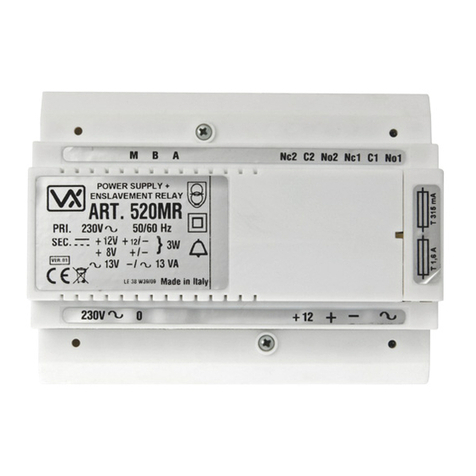
Videx
Videx 520MR Installation instruction

Poppstar
Poppstar 1008821 Instructions for use
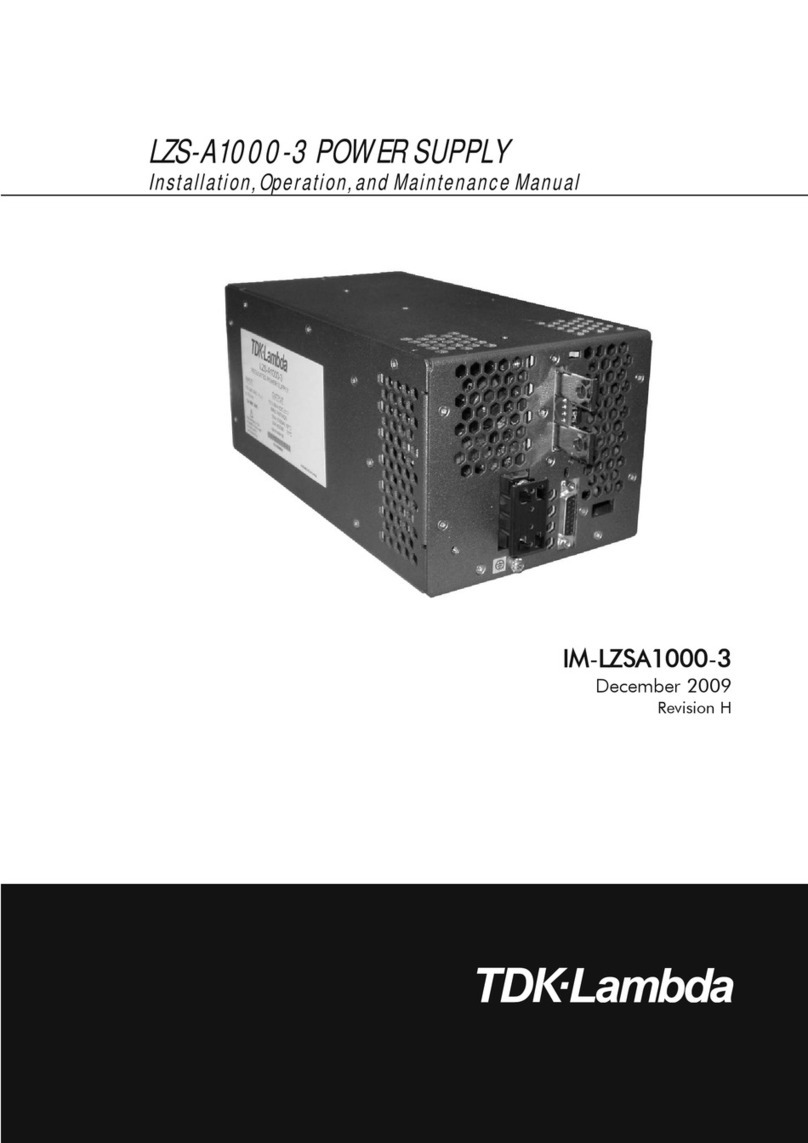
TDK-Lambda
TDK-Lambda LZS-A1000-3 Installation, operation and maintenance manual

TDK-Lambda
TDK-Lambda 500A instruction manual
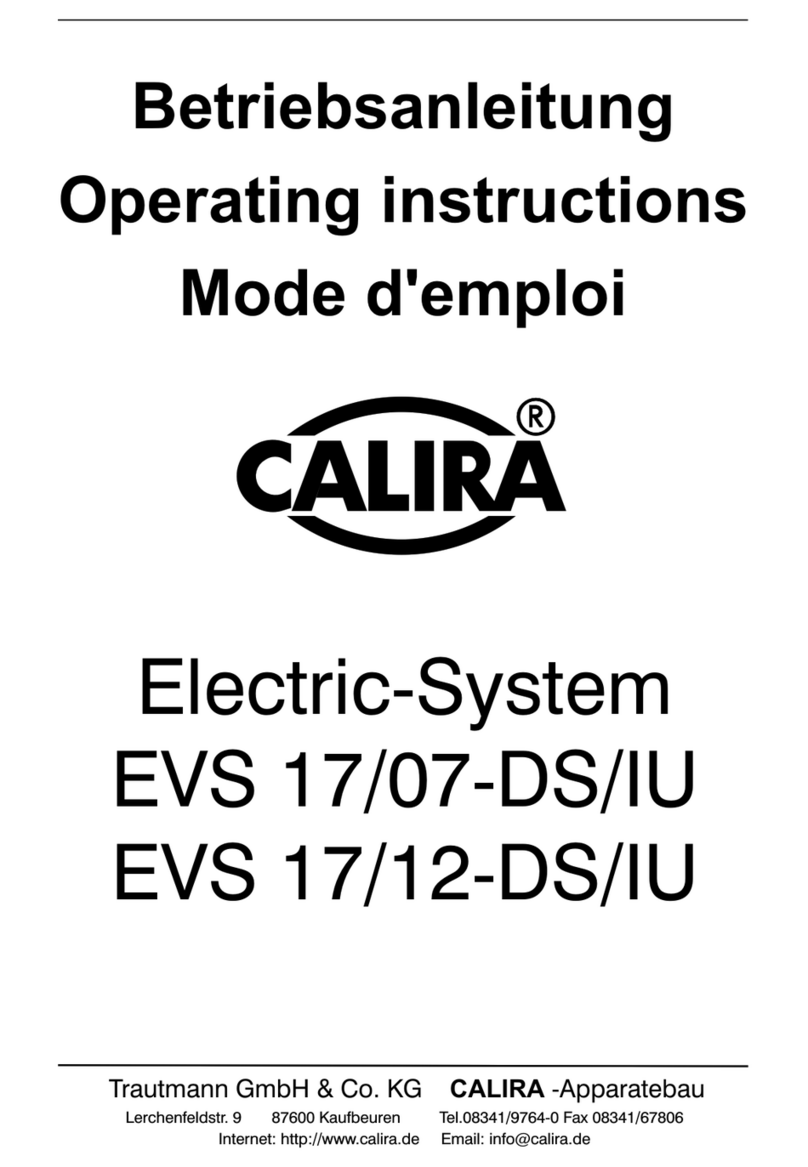
Calira
Calira EVS 17/07-DS/IU operating instructions
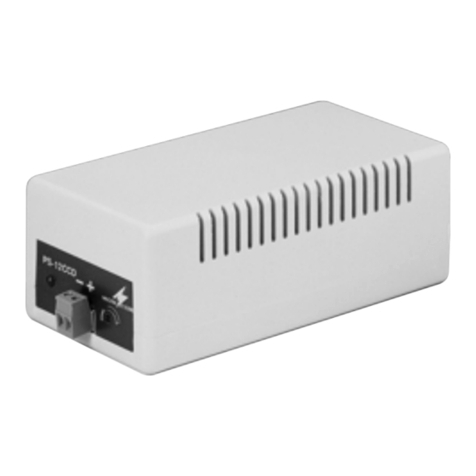
Monacor
Monacor PS-12CCD instruction manual

